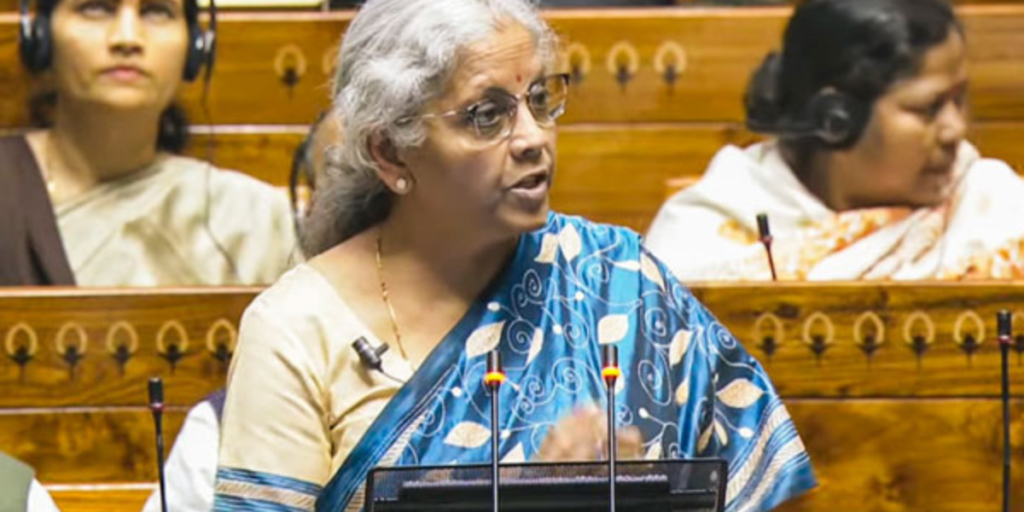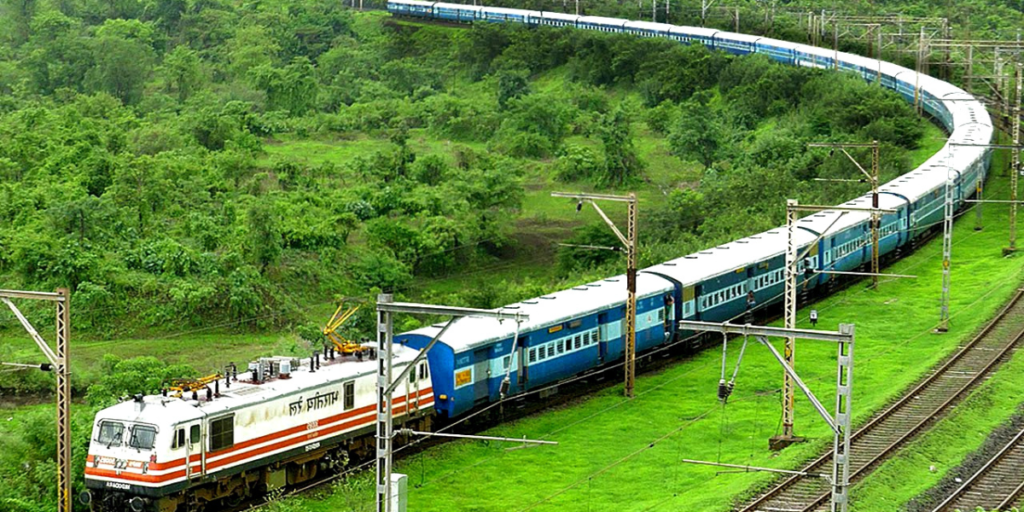In a landmark move, the Indian government has announced three major economic railway corridors in the interim budget for 2024-25. These corridors, spanning energy, mineral, and cement; port connectivity; and high-traffic density, aim to not only enhance the railway network’s capacity but also put an end to the persistent issue of passenger ticket waitlists. Let’s explore the details of these transformative corridors, their impact on passenger experiences, and the broader implications for India’s railway infrastructure

Table of Contents
The Three Transformative Corridors:
Energy, Mineral, and Cement Corridors:
The first corridor addresses pollution concerns on roads, adopting a multi-modal approach to logistics to reduce costs. With an expected 90% reduction in carbon emissions, an investment of approximately Rs 11 lakh crore is earmarked for 434 projects.
Port Connectivity Corridors:
Seamless connectivity to ports through railways is the focus of the second corridor, integrating with the multi-mode Gati Shakti approach and significantly enhancing trade and transportation efficiency.
High-Traffic Density Corridors (Amrit Chaturbhuj):
The third corridor, dubbed “Amrit Chaturbhuj,” targets high-density traffic routes, resembling the golden quadrilateral of highways. Strategic initiatives aim to alleviate congestion and enhance overall efficiency.

Network Capacity Enhancement:
Laying 40,000 km of New Rail Tracks:
This ambitious initiative offers an overview of the scale of track laying, expanding the network to resolve ticket waitlist problems. The anticipated completion by 2030-31 emphasizes the importance of multi-modal corridors for diverse transportation needs.

Economic and Environmental Impact:
Railway Minister Ashwini Vaishnaw emphasizes the creation of additional capacity, reducing the cost of logistics and pollution. The railways’ role as a less-polluting mode of transportation contributes significantly to India’s economic efficiency and sustainability.
Conversion of Coaches to Vande Bharat Standards:
Upgrade of 40,000 Conventional Coaches:
Building on the success of Vande Bharat and Amrit Bharat trains, the railways aim to upgrade 40,000 conventional coaches. This experience-driven upgrade promises potential benefits in terms of efficiency and passenger experience.

Government’s Focus on Capacity Enhancement:
Progress in track laying, from 5,200 km in the previous year to a current pace of 15 km per day, reflects the government’s commitment to increasing rail transport capacity. Ongoing efforts and budget allocations for railway development underscore the dedication to efficiency and improvement.
Government’s Commitment to Railway Development:
Yearly Track Addition Milestones:
The railways achieved 5,200 km of new tracks in the previous year, showcasing increased efficiency with a current pace of 15 km per day. Positive implications for network management and overall efficiency are evident.
Financial Investment in Development:
The utilization of 82% of the capex budget by January and a total budget allocation of 2.52 lakh crore for 2024-25 demonstrate the government’s commitment to enhancing capacity, improving infrastructure, and elevating the overall passenger experience.
Beyond the tangible benefits of expanded railway corridors and upgraded coaches, these developments signify a broader commitment to redefining India’s transportation landscape. The government’s vision encompasses not only the alleviation of immediate challenges such as ticket waitlists but also lays the groundwork for a more robust and resilient railway infrastructure. The focus on sustainability, reduction in carbon emissions, and the integration of modern technologies exemplify a forward-thinking approach.
As these projects unfold over the next decade, the ripple effects are anticipated to extend beyond the railway sector, fostering economic growth, environmental stewardship, and enhanced connectivity throughout the nation. The transformative journey of India is not merely about tracks and trains but about laying the tracks for a future where transportation is seamless, efficient, and in harmony with the evolving needs of the country.

As we recapitulate the three corridors – energy, mineral, and cement; port connectivity; and high-traffic density (Amrit Chaturbhuj) – it becomes evident that India’s railway system is on the cusp of a transformative journey. The potential eradication of passenger ticket waitlists by 2030-31, the multi-modal approach to transportation solutions, and the economic and environmental benefits underscore the government’s strategic vision for the future. This announcement marks a significant milestone, promising a more efficient, sustainable, and passenger-friendly railway network.

